Up Next

George Russell’s tip after Friday practice that Williams team-mate Nicholas Latifi had a shot at Q3 didn’t pay off in qualifying for the Emilia Romagna Grand Prix at Imola.
But qualifying did prove he wasn’t overestimating the pace of the car given the lead Williams was just 0.123s off Q3.
With Russell and Latifi 12th and 14th, this was still the team’s best two-car qualifying performance since the 2018 Italian Grand Prix, 47 races ago. So where exactly has that speed come from?
A leap in qualifying pace
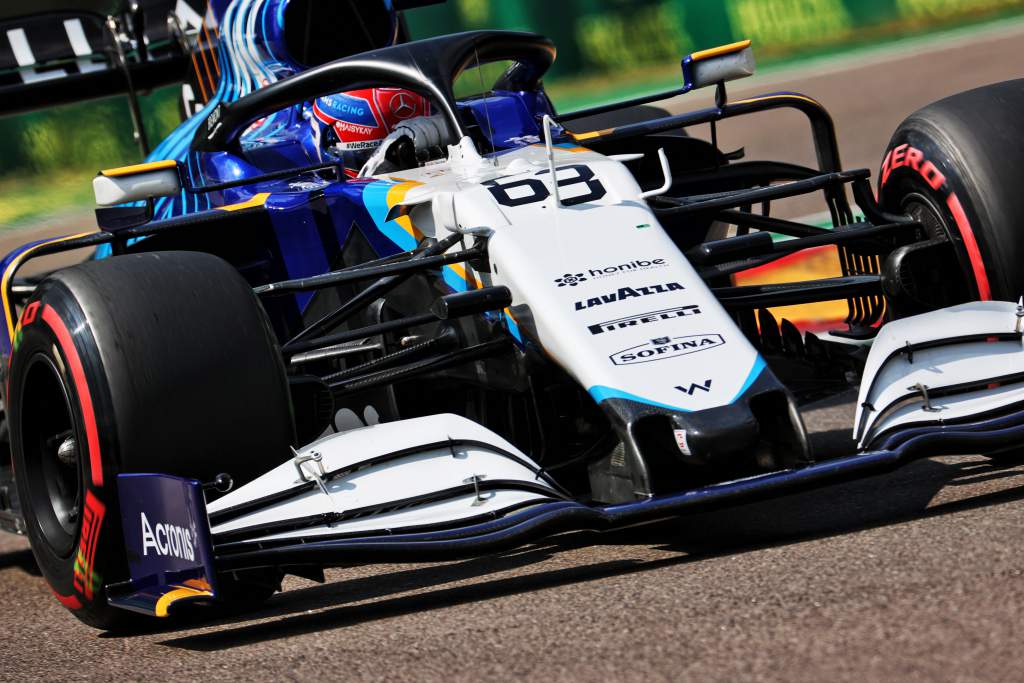
In Bahrain, Williams was 2.605% off the pace judged by qualifying speed, but at Imola, that deficit was slashed to 1.142%.
This justified the team’s confidence that its Bahrain struggles, which were attributed to windy conditions that represented what Russell called the “worst-case scenario” for the car, would not be repeated at Imola.
But according to Russell, not only can Williams expect to carry this performance level into Sunday’s Emilia Romagna Grand Prix, but it might even be stronger in race conditions.
“The car is looking better for race trim than it is in qualifying trim,” said Russell. “We’ve got the fastest car on the straights, so it’s all looking promising.
“But this is the true pace of the car. This may be one of our better circuits, but this is where I hope and expect to be for most of the season – in the mid-range of Q2 and hopefully at points fighting for Q3.”
Given Russell struggled through practice and much of qualifying, relying on a second push lap on his second set of Q1 rubber to reach Q2, that he was able to put the Williams on the sixth row proves it’s a serious midfield contender this weekend – even if the sector times show Aston Martin driver Lance Stroll, who was the slowest of those to reach Q3, ahead in all three parts of the lap.
Imola pedigree
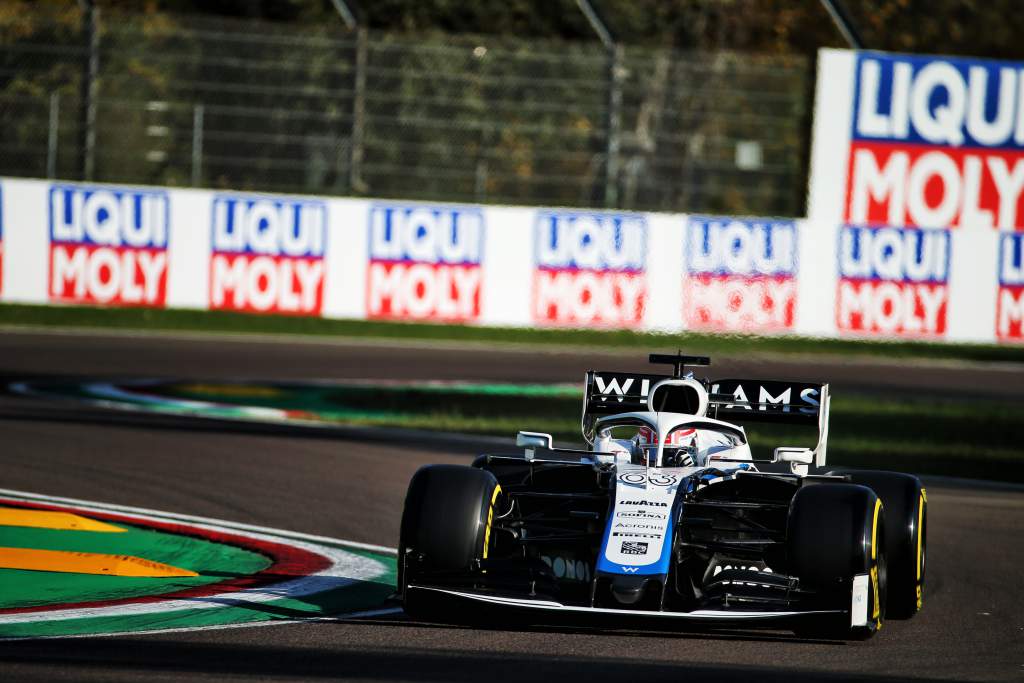
Although Williams’s eight grand prix victories at Imola count for nothing, last year’s form is relevant.
But whereas in 2020 it was unbalanced towards the first sector in terms of pace – with Russell lapping just 0.380s off polesitter Valtteri Bottas there in qualifying but 1.714s slower around the whole lap – this year the Williams is more consistently brisk across the full circuit.
“Not a huge amount changed in the way we set it up – a little bit,” said Williams head of vehicle performance Dave Robson. “We were probably a little bit slower in Sector 1 than we were expecting relative to the field, I thought we’d still be pretty mighty there.
“But we are just better balanced and so, overall, a lot happier. For some of the issues we had towards the end of the lap last year, particularly at Turn 17 [Rivazza 1] we struggled with braking last year, that’s a lot better this year, which is good.
“A lot of that is the car arriving there with the tyres in better shape, and probably the fact that it’s noticeably cooler than it was at the back end of October probably makes a difference.
“The car is generally behaving well, the drivers have been pretty happy. It’s just behaving well and it is well-balanced down the straights and in most of the corners.”
With the car more stable and predictable thanks to the relatively benign weather conditions, there was no repeat of the problems of Bahrain when the sensitivity of the aerodynamics made the car unpredictable in gusty conditions.
But given this is a circuit where riding the kerbs well is vital to laptime, with the added challenge of undulations that mean a variety of different car attitudes at corner entry, it also speaks well for the strength of the mechanical platform of the Williams.
“Last year, being a two-day event, we weren’t quite sure whether we just arrived with a good set-up that worked well and we thought maybe we might struggle a little bit more when everyone’s got the full allocation of practice sessions,” said Robson when asked by The Race if the pace of the car was indicative of a strong mechanical platform.
“But actually that’s not been the case, the car again has been well-behaved mechanically.
“Over the kerbs, we possibly even surprised ourselves a little bit in that it rides it well mechanically and it holds the aero well. So the driver has been able to put the car pretty much exactly where they want.
“For us to be able to do that at almost every corner is unusual, a strength of this car and last year’s [at Imola] and it is set up quite well to deal with that.
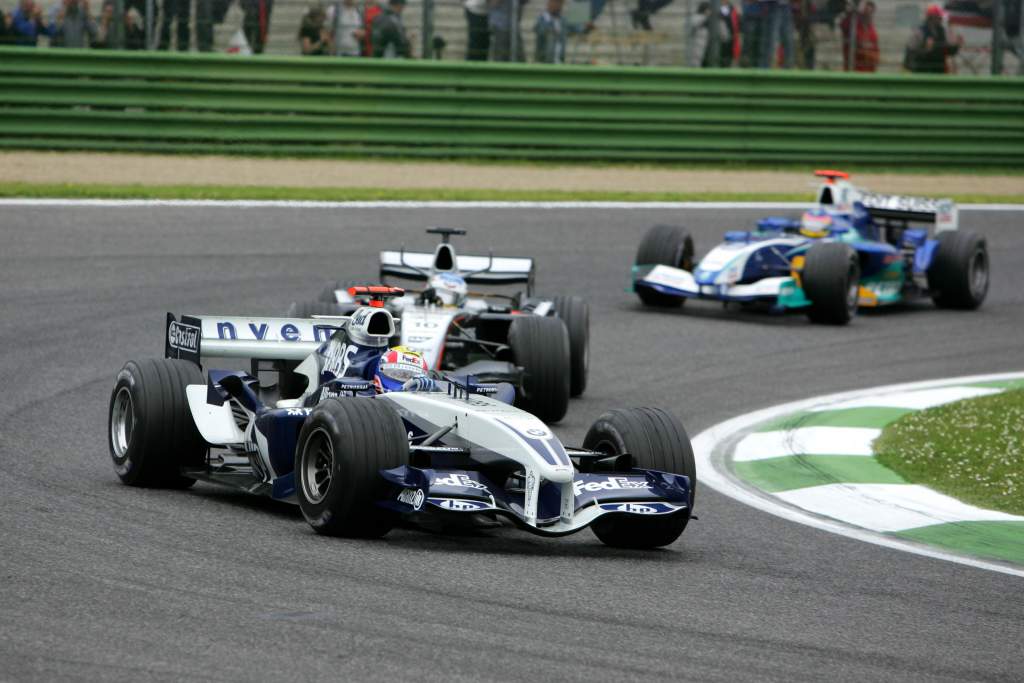
“Maybe that’s the advantage of having some old people in the team like me who remember coming here before? Even though I’ve changed a bit since 2005, a few tricks are always the same.”
Russell has promised the Williams form is likely “to yo-yo” this year, but if the car can be so competitive at a demanding circuit like Imola there’s good reason to expect further strong showings during the rest of the season.
Latifi’s improving form
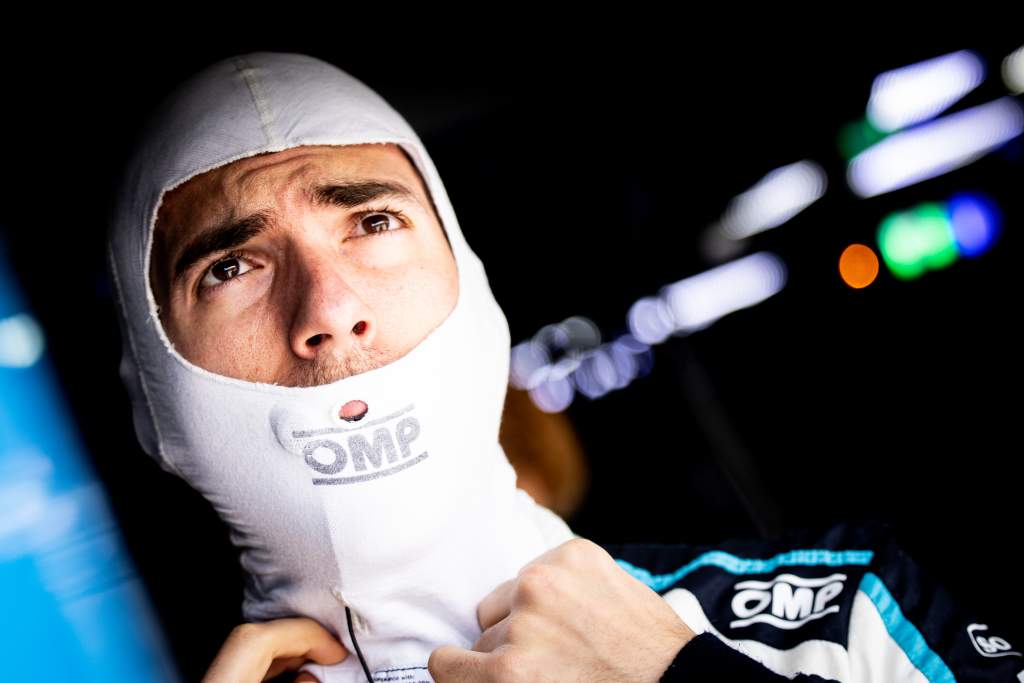
Latifi didn’t reward Russell’s confidence with his first Q3 slot, but the fact he had reason to be disappointed after posting the best qualifying result of his F1 career shows how his practice form raised expectations.
He admitted to coming close not to being able to participate in Q2 thanks to his crash during FP3. He credited the stoppage caused by Yuki Tsunoda’s Q1 shunt for giving the team time to get the floor on and said “without that red flag, I wouldn’t even have made it out”.
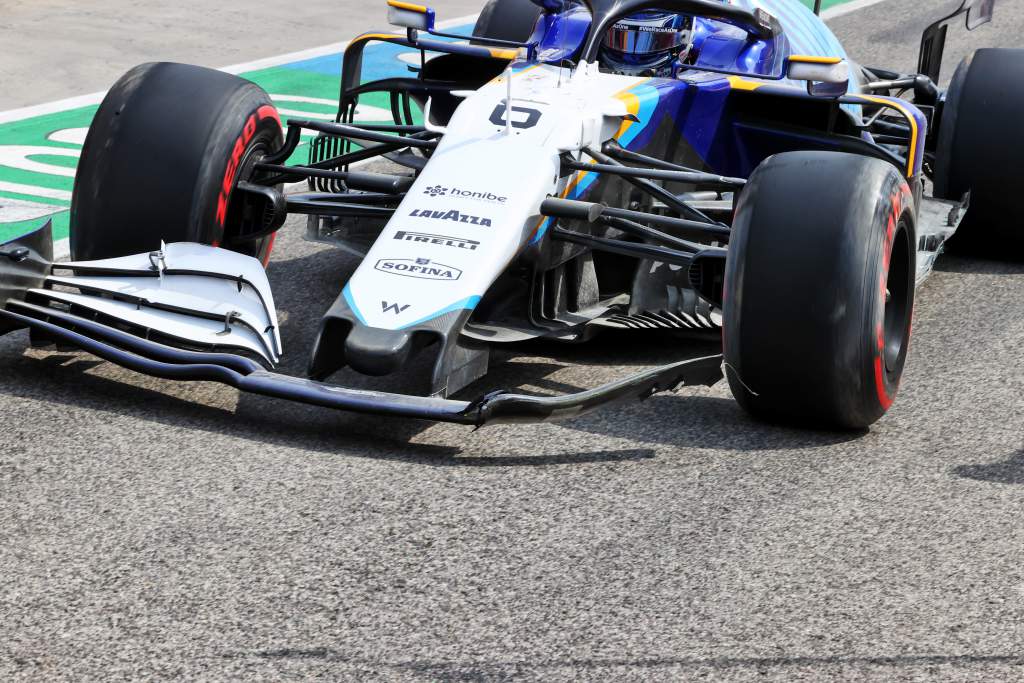
Latifi ultimately failed to match Russell’s pace despite his team-mate insisting he had the potential to do so, ending up 0.332s slower. But his final lap wasn’t as strong as it should have been, particularly in the first sector.
“I just started off with a mistake, hitting the apex a bit too much in Turn 2 [Tamburello],” said Latifi. “The rest of the lap felt OK but I didn’t improve as much as I needed to with the Q2 track improvement – it’s a bit of new territory for me.”
Latifi also suggested that Q3 might have been possible in the car, pointing to the fact “George wasn’t too far off”.
Top speed makes points possible
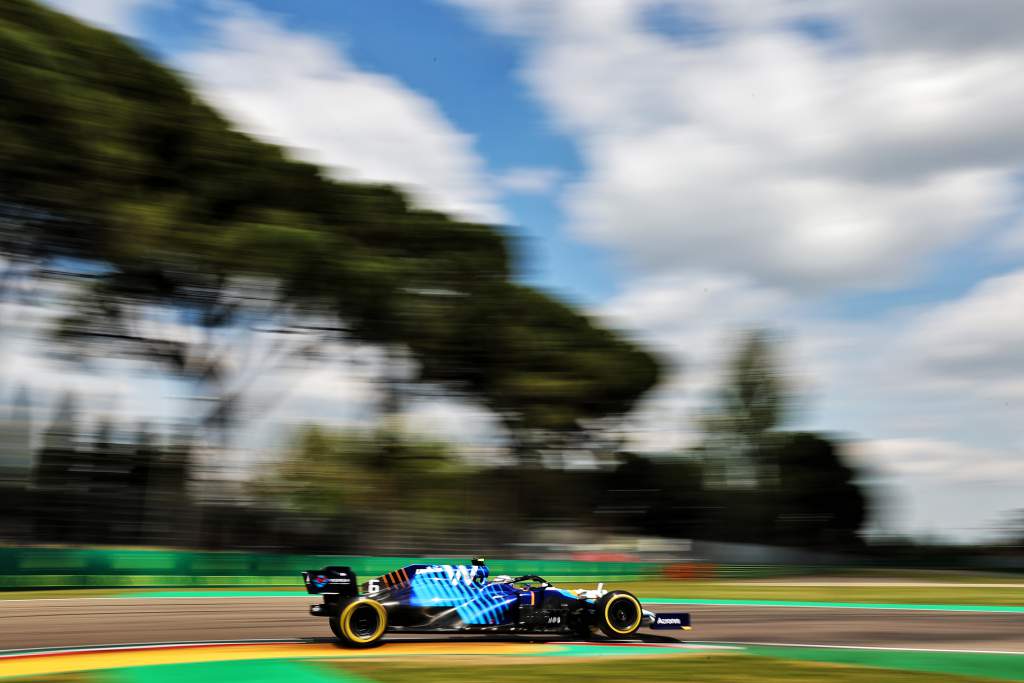
Williams last scored points in the 2019 German Grand Prix thanks to Robert Kubica’s 10th place, which was assisted by penalties for Alfa Romeo drivers Kimi Raikkonen and Antonio Giovinazzi.
But with Russell and Latifi both starting well into the midfield pack, a top-10 finish this weekend isn’t out of the question.
While they are unlikely to surge forward from their starting positions into the points, the unforgiving Imola circuit could produce a number of retirements so if they can hold position and keep those they outqualified behind, it’s possible to score.
Given the difficulty of overtaking and the fact Russell and Latifi were first and second in the main speed trap, the pace of the cars should be good enough to avoid losing places.
And as last year, when Russell was running ninth when he crashed under the safety car, shows, this is a track where Williams can potentially buck the recent trend for going home empty-handed.






